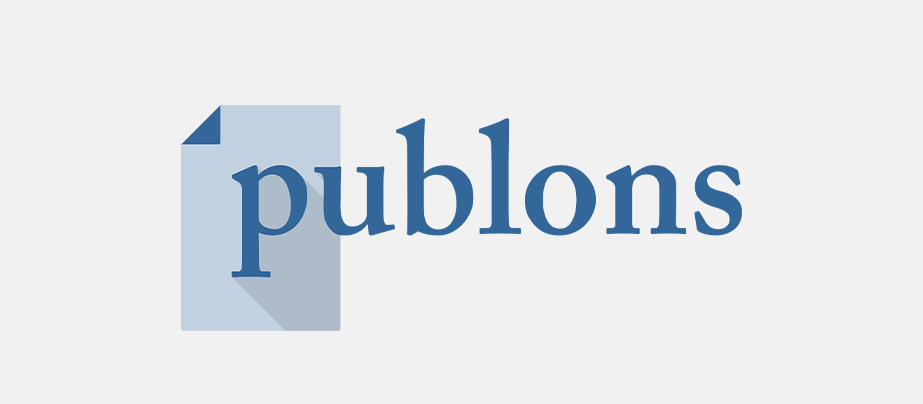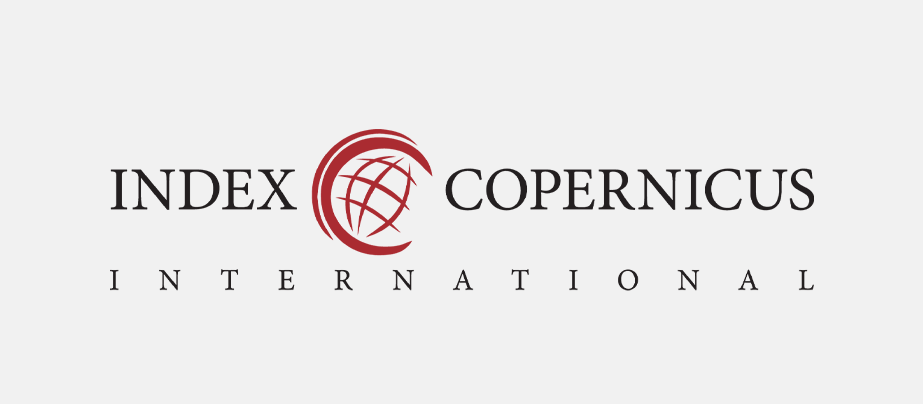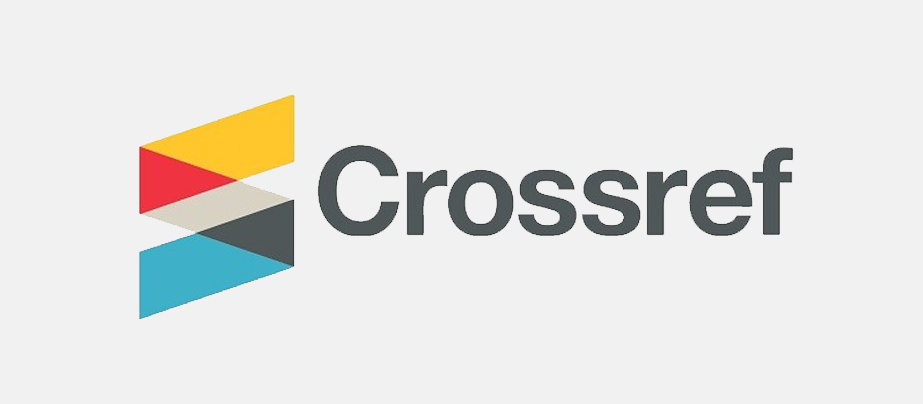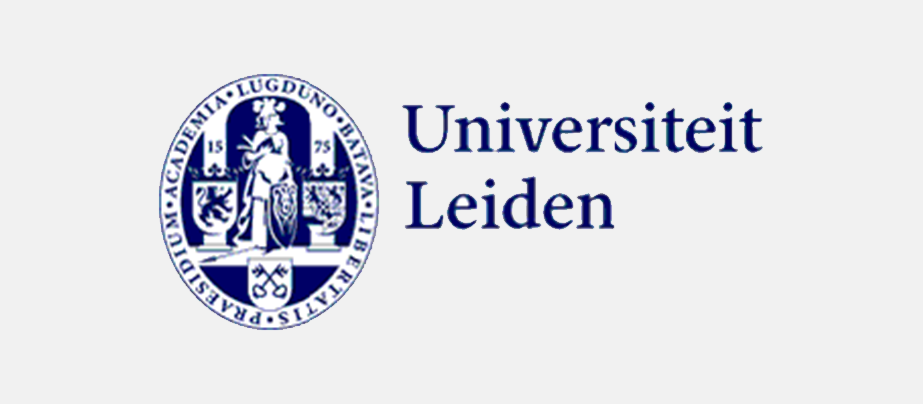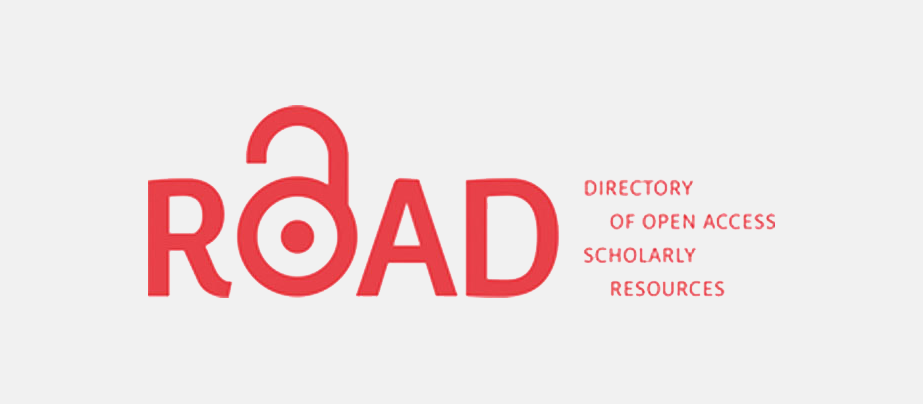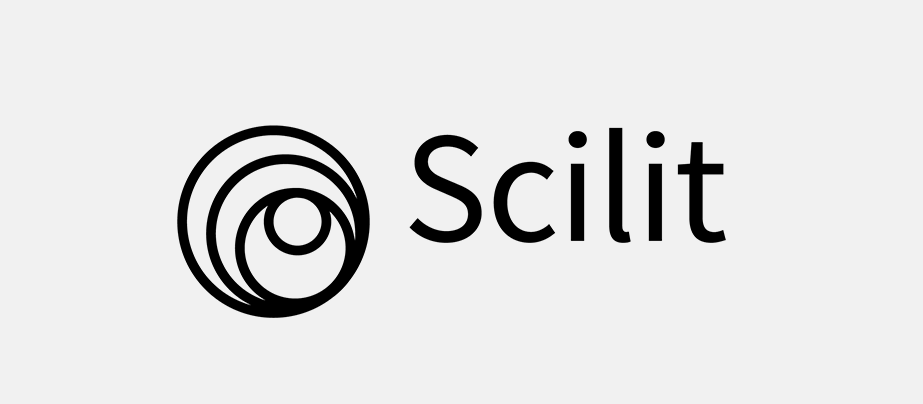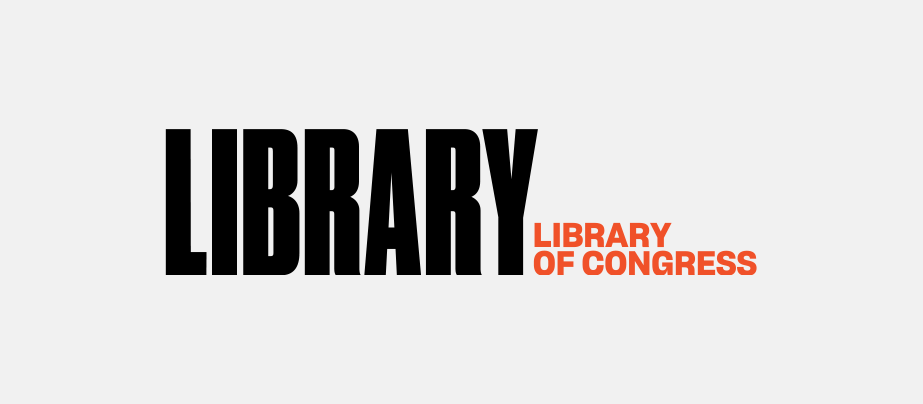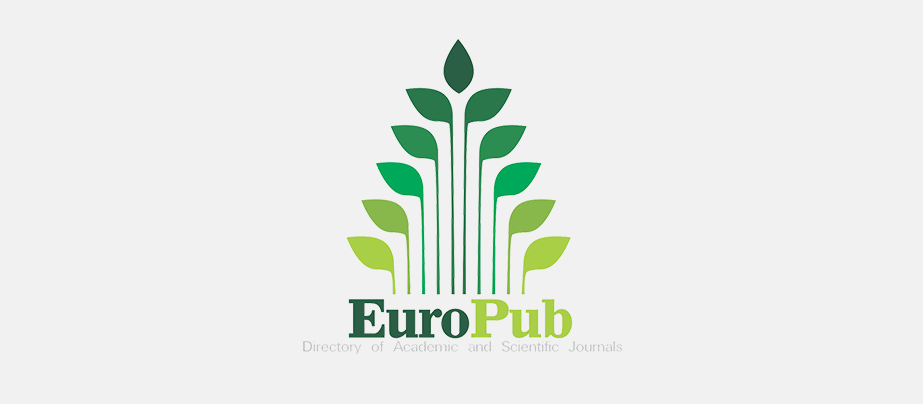A Critical Study of Mukhannath's Law as a Homosexual Argumentation
Abstract
The term mukhannath in the study of Islamic law by Muslim feminists is considered to be the basis for the legitimacy of homosexual behavior. Muslim feminists present the meaning of mukhannath as behavior as well as sexual orientation that is permitted in Islam and in accordance with divine nature, so that homosexuality is a natural act in Islam and must be accepted as it is. On that basis, feminists distinguish homosexuality with liwath behavior that can be applied to homosexual, heterosexual and bisexual perpetrators. This is contrary to Islamic teachings/shari'a regarding the heresy of the Prophet Luth a.s who by the muslim scholars are called luthi, namely the perpetrators of liwath. Likewise, in interpreting mukhannath, the feminist framework is built from the concept of gender which is not derived from the treasures of Islamic scholarship or Islamic perspective. For this reason, the author tries to research and analyze the meaning and concept of mukhannath, and straighten it out according to the Islamic worldview. By using the descriptive-analytical method and using the literature as a database, the researchers came to the following conclusions; The meaning of mukhannath is the behavior of men who resemble women in terms of speech, gestures and clothing. This meaning does not recognize the difference between sexual orientation or behavior, but must be returned to the nature of its creation, namely its absolute gender. The muslim scholars have agreed that homosexual translation in Islam is liwath, which in the Qur'an is punished as destroying human nature (fitrah). The nature of creation (fitrah) must be in harmony with divine destiny which is eternal, as well as homosexual law in Islam is qath'i, not mutaghayyirah. For this reason, it is not appropriate if the gender analysis system is built on the basis of relatively social constructs used in the discussion of qath'i Islamic law.
Keywords
Full Text:
PDFReferences
Adolphe, J., Fastiggi, R. L., & Vacca, M. (2012). St. Paul, the Natural Law, and Contemporary Legal Theory. Lexington Books.
Al-asqalani, A. bin’Ali H., Baz, ’Abd.’Aziz bin’Abdullah Ibn, & Zahidi, H. T. (1993). Fath Al-bari Bi-syarah Sahih Al-Bukhari. Dar al-fikr.
Al-Attas, S. M. N. (2015). On Justice and Nature of Man. IBFIM.
Al-Attas, S. N. (2001). Prolegomena to the metaphysics of Islam. ISTAC.
Al-Attas, S. N. (2010). Islam dan Sekularisme (K. Muammar (ed.)). PIMPIN.
al-Isfahani, A.-R. (1998). Al-Mufradat Fi Garib al-Qur’an. Dar al-Ma ‘rifah.
Al-Jauziyyah, I. Q. (1939). Ighatsah al-Lahfan. Majma’a al-Fiqh al-Islamy.
Al-Ma’arifi, M. (1971). Al-Masalik fi Syarhi Muwatha Al-Imam Malik. Dar al-Kutub al-’Ilmiyyah.
Al-Maragi, A. bin M. (1946). Tafsir al-Maraghi. Syirkah Mustafa Bab al-Halabi wa Abnah.
Al-Qurtubi, A. al-H. A. bin K. bin A. M. bin B. al-B. (2003). Syarhu Sahih al-Bukhari li Ibni al-Baththal. Maktabah al-Rusyd.
Al-Syarbini, S. M. al-K. (1994). Mughni al-Muhtaj ila Ma’rifati Ma’ani Alfazh al-Minhaj. Dar al-Kutub al-’Ilmiyyah.
Aletmi, A., Rofiah, N., & Yani, A. (2019). Seksualitas Kaum Sodom dalam Perspektif Al-Qur’an: Revitalisasi Homoseksual Dalam Kisah Kaum Luth. as Berbasis Tafsir Ilmi. Islamika: Jurnal Ilmu-Ilmu Keislaman, 19(02), 63–78.
Association, A. P., Frances, A. J., Staff, A. P. A., 49, A. P. A. T. F. on D.-I., Galanter, M., DSM-IV., A. P. A. T. F. on, Kleber, H. D., Service), S. (Online, & Publishing, A. P. (2000). Diagnostic and Statistical Manual of Mental Disorders: DSM-IV-TR. American Psychiatric Association.
Ayub, A. (2017). Penyimpangan Orientasi Seksual (Kajian Psikologis dan Teologis). Tasfiyah: Jurnal Pemikiran Islam, 1(2), 179–226.
Azizy, S. H. (2015). Mendudukkan Kembali Makna Kesejahteraan dalam Islam. Ponorogo: CIOS.
Baharuddin. (2004). Paradigma psikologi Islami: studi tentang elemen psikologi dari Al-Qur’an. Pustaka Pelajar.
Britannica, E. (2005). Encyclopaedia Britannica: Ultimate Reference Suite 2005 DVD. Encyclopaedia Britannica.
Butler, J. (2004). Undoing Gender. Psychology Press.
Chalid, H., & Yaqin, A. A. (2021). Perdebatan dan Fenomena Global Legalisasi Pernikahan Sesama Jenis: Studi Kasus Amerika Serikat, Singapura, dan Indonesia The Global Debate and Phenomenon of. Jurnal Konstitusi, 18(1), 138–167.
Dyayadi, M. T. (2009). Kamus Lengkap Islamologi. Qiyas.
Hain, A. L. al-T. (2004). Muhadlarat fi al-Hadits al-Tahliliy. Dar al-Gharb al-Islamiy.
Hamid Fahmy Zarkasyi, D. (2010). Islam Versus Kebebasan/Liberalisme (Menjawab Gugatan Terhadap UU Penodaan Agama, UU No. 1/PNPS/1965). Dewan Da’wah Islamiyyah Indonesia.
Harahap, R. D. K. A. (2016). LGBT di Indonesia: Perspektif hukum Islam, HAM, psikologi dan pendekatan maṣlaḥah. Al-Ahkam, 26(2), 223–248.
Hudiyani, Z. (2017). Homoseksual dan Islam: Analisis Maqaṣid Shari’ah terhadap Wacana dan Argumen Sarjana Islam Liberal. Sekolah Pascasarjana UIN Syarif Hidayatullah.
Hukom, D. A. (2019). Pemberlakuan Syari’ah dalam Negara Beragama. EMPIRISMA: JURNAL PEMIKIRAN DAN KEBUDAYAAN ISLAM, 28(2).
Husaini, A. (2012). Seputar Paham Kesetaraan Gender. Adabi Press.
Husein Muhammad, Musdah Mulia, Marzuki Wahid. (n.d.). Fiqh Seksualitas; Risalah Islam Untuk Pemenuhan Hak-hak Seksualitas (ISBN : 978).
Ibn Manzur, M. (1990). Lisan al-arab. Beirut: Dar Sadir, 664.
Ibn Qayyim al-Jauziyyah. (1991). I’lam al- Muwaqqi’in ‘an rabb al-‘alamin. Dar al-Kutub al-‘Ilmiyyah.
Iskandar, M. (2017). HAM Dalam Prespektif Islam. Media Syari’ah: Wahana Kajian Hukum Islam Dan Pranata Sosial, 19(1), 111–126.
Khuza’i, M. (2012). Problem Definisi Gender: Kajian atas Konsep Nature dan Nurture. Kalimah: Jurnal Studi Agama Dan Pemikiran Islam, 11(1), 102–118.
Ma’luf, L. (1997). Qamus al-Munjid fi al-Lughah. Dar al-Masyriq.
Majid, M. N. A., Subri, I. M., Mokhtar, R. H., Yusof, M. I. M., Silim, U. A., & Halil, N. F. (2020). Mukhannath Menurut Fiqh Dan Perubatan: Satu Kajian Literatur. Perdana: International Journal of Academic Research, 8(1), 10–20.
Mangal, S. K. (2008). Abnormal psychology. Sterling Publishers Pvt. LTd.
Muhammad, H. (2011). Fiqh seksualitas: risalah Islam untuk pemenuhan hak-hak seksualitas. Perkumpulan Keluarga Berencana Indonesia (PKBI).
Muhammed, Y. (1995). Fitrah and its Bearing on the Principles of Psychology”. The American Journal of Islamic Social Sciens, 1–19.
Nurkhalis, N. (2014). Hegemoni Barat dan Islam terhadap Estimasi HAM. Substantia: Jurnal Ilmu-Ilmu Ushuluddin, 15(1), 26–40.
Osborne, R. (2011). Civilization: A new history of the Western world. Random House.
Puspitasari, C. I. I. (2019). OPRESI KELOMPOK MINORITAS: PERSEKUSI DAN DISKRIMINASI LGBT DI INDONESIA. Takammul: Jurnal Studi Gender Dan Islam Serta Perlindungan Anak, 8(1), 83–102.
Rowson, E. K. (1991). The Effeminates of Early Medina. Journal of the American Oriental Society, 111(4), 671.
Sabiq, S. (n.d.). Fiqh Al-Sunnah. Al-Fath li Al-I’lam Al-’Arabiy.
Salam, A. J. (2012). Demokratisasi Konvensi HAM Relasi Islam dan Negara: Kondisi Indonesia. Media Syari’ah: Wahana Kajian Hukum Islam Dan Pranata Sosial, 14(2), 225–240.
Saleh, G., & Arif, M. (2017). Rekayasa Sosial dalam Fenomena Save LGBT. Jurnal Komunikasi Global, 6(2), 148–163.
Sarcheshmehpour, Z., Abdullah, R., & Alkali, M. B. (2018). Gender change of transsexuals in Shariah: An analysis. Journal of Shariah Law Research, 3(1), 139–156.
Shalahuddin, H. (2012). Indahnya Keserasian Gender dalam Islam. Jakarta: Komunitas Muslimah Untuk Kajian Islam (KMKI.
Spitzer, R. L. (2003). Can some gay men and lesbians change their sexual orientation? 200 participants reporting a change from homosexual to heterosexual orientation. Archives of Sexual Behavior, 32(5), 403–417.
Sulaiman, S. (2019). ANTICIPATORY EFFORTS ON THE BEHAVIOR OF LGBT COMMUNITY IN INDONESIA: A Study of Anticipatory and Educational Roles of Religious Figures. Jurnal Ilmiah Islam Futura, 19(2), 221–238.
Tamam, A. B. (2019). Rancangan Undang-Undang Penghapusan Kekerasan Seksual (RUU PKS) dalam Perspektif Maslahah Mursalah. Proceedings of Annual Conference for Muslim Scholars, 3(1), 848–856.
Wadud, A. (1999). Qur’an and woman: Rereading the sacred text from a woman’s perspective. Oxford University Press, USA.
Wati, D. E. (2020). Pendidikan Seks Dalam Islam Berbasis Komunikasi Orangtua-Anak: Langkah Pencegahan LGBT Pada Anak. Wacana, 12(2), 146–158.
Yanuarti, E. (2019). Pola asuh Islami orang tua dalam mencegah timbulnya perilaku LGBT sejak usia dini. Cendekia: Jurnal Kependidikan Dan Kemasyarakatan, 17(1), 57–80.
Zainuddin, A. A., & Mahdy, Z. A. (2017). The Islamic perspectives of gender-related issues in the management of patients with disorders of sex development. Archives of Sexual Behavior, 46(2), 353–360.
Zarkasyi, H. F. (2009). Liberalisasi pemikiran Islam: Gerakan bersama missionaris, orientalis dan kolonialis. TSAQAFAH, 5(1), 1–28.
Zayd, B. bin A. A. (1996). Mu’jam Manahi al-Lafdziyyah wa Ma’ahu Fawaid fi al-Alfadz. Dar al-‘Asimah
DOI: http://dx.doi.org/10.22373/jms.v23i2.10340
Refbacks
- There are currently no refbacks.
Copyright (c) 2021 Henri Shalahuddin, Syamsul Badi', Cep Gilang Fikri Ash-Shufi

This work is licensed under a Creative Commons Attribution-ShareAlike 4.0 International License.
All papers published in Media Syari'ah : Wahana Kajian Hukum Islam dan Pranata Sosial are licensed under a Creative Commons Attribution-ShareAlike 4.0 International License. |



.png)


.png)
.png)
.png)





